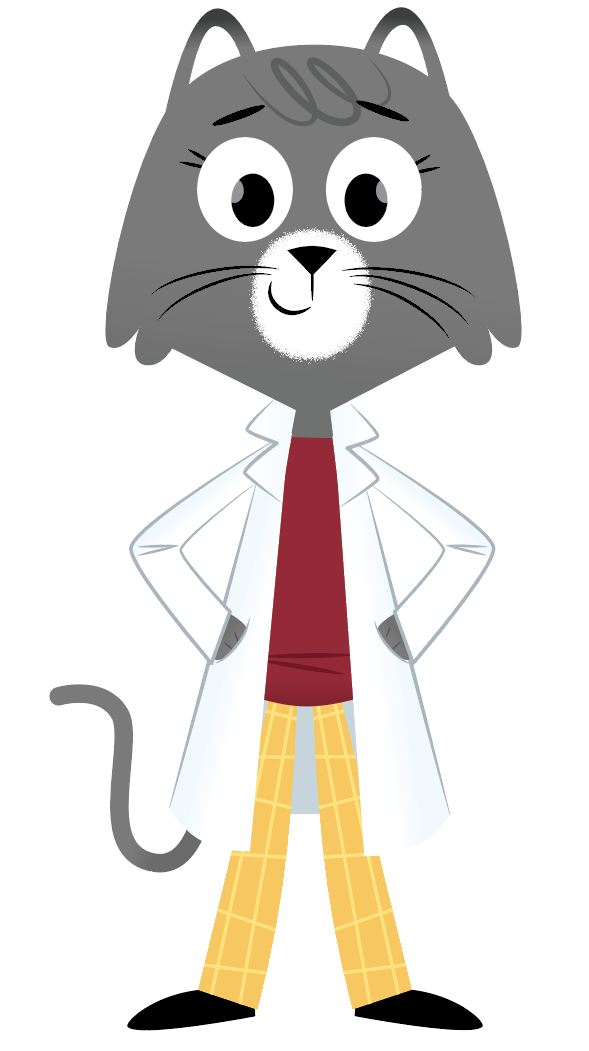Dear Bushra,
Our ancestors weren’t very picky eaters. In fact, they ate pretty much whatever they could find, wherever and whenever they could find it.
That’s what I found out from my friend Tim Kohler. He is an anthropologist at Washington State University who was happy to help with your question about what our ancestors ate.
“Well, that is an interesting question,” he said. “Archeologists do think about it an awful lot.”
You might say that human ancestors were the original locavores, Kohler explains. They ate food they could find close to where they lived.
Imagine that you were on Earth a couple million years ago. If you were hungry, you might pick a bunch of plants or berries. You would be a gatherer. Or maybe you spot some of the leftover meat from another animal’s dinner. You would be a scavenger.
Eating whatever you could find or whatever was on hand was important. That’s because there wasn’t a way to store or prepare the food. And of course, they couldn’t just go grocery shopping to pick up some berries, vegetables, or meat.
Kohler said that hominins, our ancestors, had been eating meat for a really long time. Once they developed suitable tools, they could not only scavenge, but also hunt.
While some research has shown that human ancestors have been hunting for 400,000 years, it’s starting to look like it’s been going on even longer. Hunting may have started more than 2 million years ago.
Researchers are working hard to put the pieces of the food puzzle together. Kohler said they can figure out what our ancestors ate in a few different ways.
Sometimes that means looking at old teeth. One thing researchers can do is study the wear and tear on the teeth of our ancestors. Different kinds of foods leave marks on teeth in different ways.
Researchers can look at the condition of the teeth to find out about different food properties, for example if the eater was chewing something soft or hard. Then they can make inferences about the kinds of food that would have been around.
Another way they can figure out what was on ancestors’ menus is to find tools that might give clues about what they were eating. A third way is to analyze the bones of ancestors. Scientists can look at the chemical make-up of the bones to get an idea of what your ancestors were eating.
While they might not have had breakfast, lunch, or dinner, your ancestors still likely ate together.
“Eating isn’t just about getting what you need for protein, carbs, and other things,” Kohler said. “It’s also about forming social bonds. It helps you cooperate and trust each other.”
You know, your question makes me wonder what people many years from now will think about the kinds of foods we eat. There’s some food for thought when you sit down at the table for dinner tonight.
Sincerely,
Dr. Universe
Bonus Question: What was the first restaurant?
Great question! Kohler said that restaurants likely didn’t show up until people started having a money system, but that was probably about 5,000 years ago. However, there were places somewhat like take-out restaurants in ancient Rome. Order up!